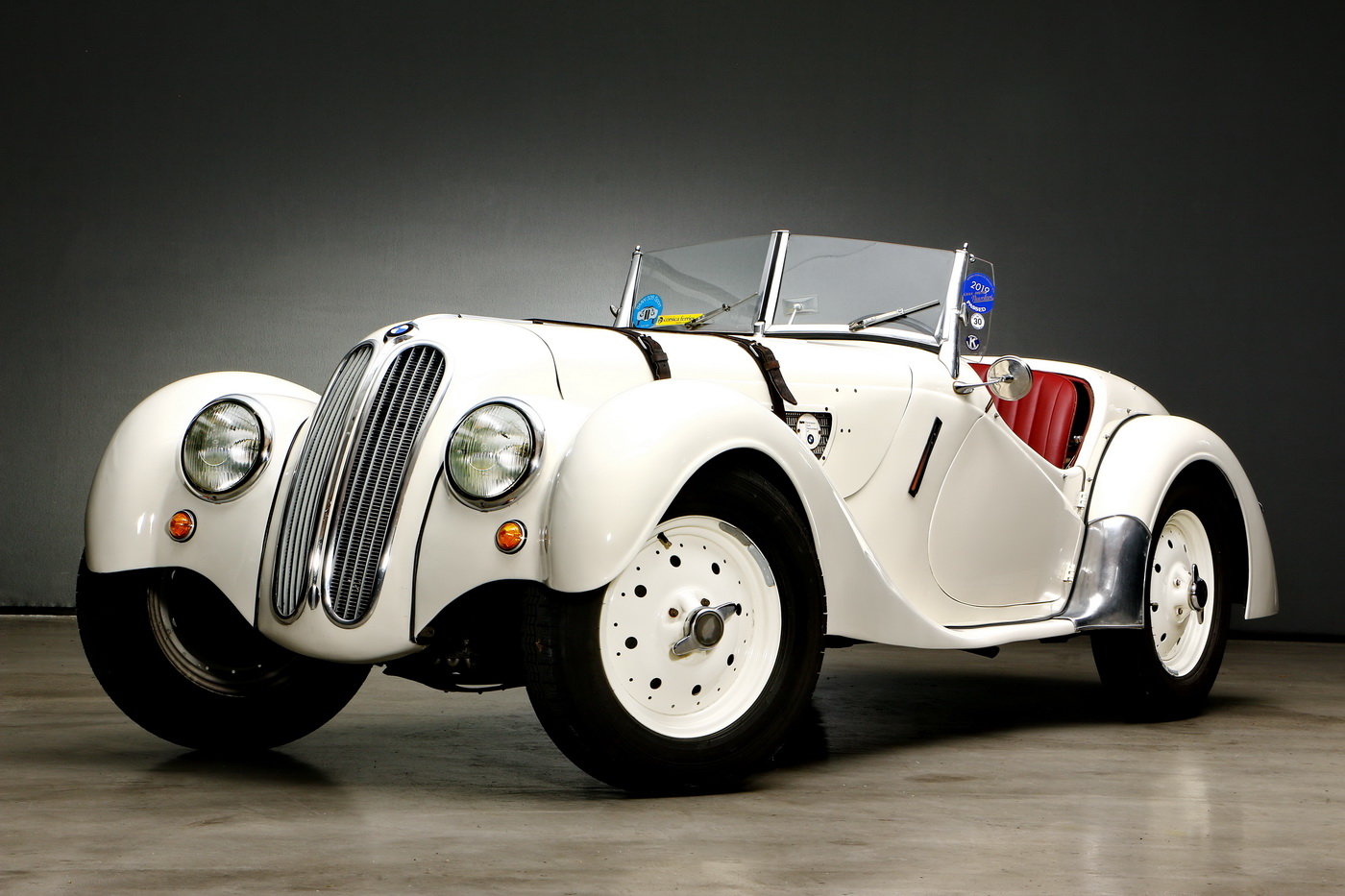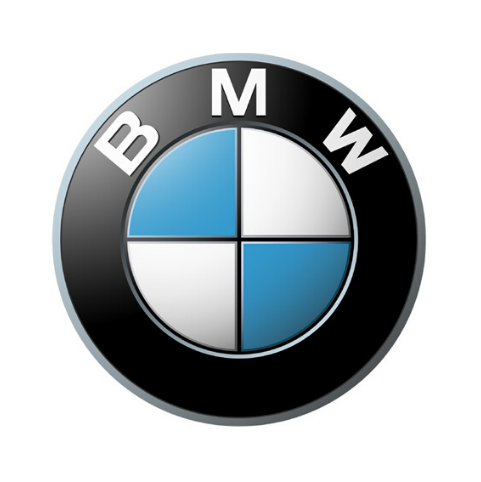1937 BMW 328

The descriptions of the Classic Cars in the Directory were partly generated or supplemented with the help of artificial intelligence (AI). The content may occasionally not always be entirely accurate or factually correct despite careful checking.
The BMW 328 of 1937 is a legendary sports car that set the benchmark for its time. Its sleek and elegant design was partnered with a powerful and efficient engine, making it a force to be reckoned with on the road.
The heart of the 328 lies in its 2.0-liter, 6-cylinder engine which churns out an output of 80 horsepower at 5,000 RPM. This was an impressive feat for the era, as most other cars could only dream of producing such power. The engine was constructed with an aluminum alloy block, which enabled the car to be lighter, more agile, and quicker on the road. The crankshaft was also cast with a 7-bearing design, which gave it a silky-smooth and durable operation.
The gearbox of the BMW 328 was a 4-speed manual transmission. The first three gears were synchronized, which allowed for easy shifting while driving, and the fourth gear was an overdrive that enabled the car to hit a top speed of 93 mph.
The suspension of the 328 was designed with track use in mind. The front suspension used double wishbones that were attached to the chassis at a 45-degree angle. This design ensured that the suspension was robust and wouldn't flex under heavy loads. At the back, the suspension was also set up as a trailing arm with coil springs. The brakes were hydraulic, and they used drums to provide responsive and effective stopping power.
The interior of the 328 was minimalistic and functional, with bucket seats that were comfortable for long drives. The steering wheel was a 3-spoke design that provided a solid grip and accurate steering feedback. The dashboard featured a large speedometer and tachometer, which were essential for keeping track of the car's performance.
In conclusion, the BMW 328 of 1937 is an exceptional vehicle that was built with technical excellence in mind. From its powerful and reliable engine to its track-focused suspension setup, the 328 was ahead of its time in terms of engineering and design. It is a testament to BMW's commitment to quality and performance that the 328 continues to be celebrated and recognized as one of the most iconic sports cars in history.
Milestones
• Introduced in 1936 at the International Automobile and Motorcycle Exhibition in Berlin • Produced from 1936 to 1940 • Designed by Fritz Fiedler and Peter Schimanowski • Powered by a 2.0-liter straight-six engine producing 80 horsepower • Had a top speed of 93 mph and could accelerate from 0-60 in 12 seconds • Introduced advanced features for its time, such as a lightweight body design, independent suspension, and hydraulic brakes • Won the prestigious Mille Miglia race in 1938 and 1940 • Considered one of the most important and influential sports cars of its era, inspiring future BMW models and other automobiles in the industry.Technical
- Engine: 2.0-liter OHV inline-six - Maximum power: 80 horsepower at 4,500 rpm - Maximum torque: 121 lb-ft at 2,500 rpm - Transmission: Four-speed manual - Suspension: Front independent with transverse leaf springs, rear live axle with leaf springs - Brakes: Hydraulic drums all around - Acceleration: 0-60 mph in 14 seconds - Top speed: 90 mph - Fuel consumption: Approximately 18 mpg - Wheelbase: 100 inches - Curb weight: 2,300 pounds - Dimensions: 173 inches long, 67 inches wide, 63 inches tall - Production period: 1936-1940 - Total production: 25,202 units - Notable features: First BMW to feature the kidney grille, set the foundation for the modern BMW brand identityCLASSIC CAR MATCHER
